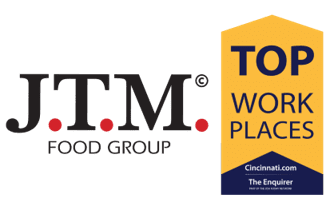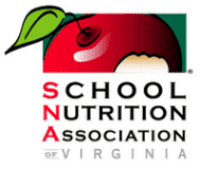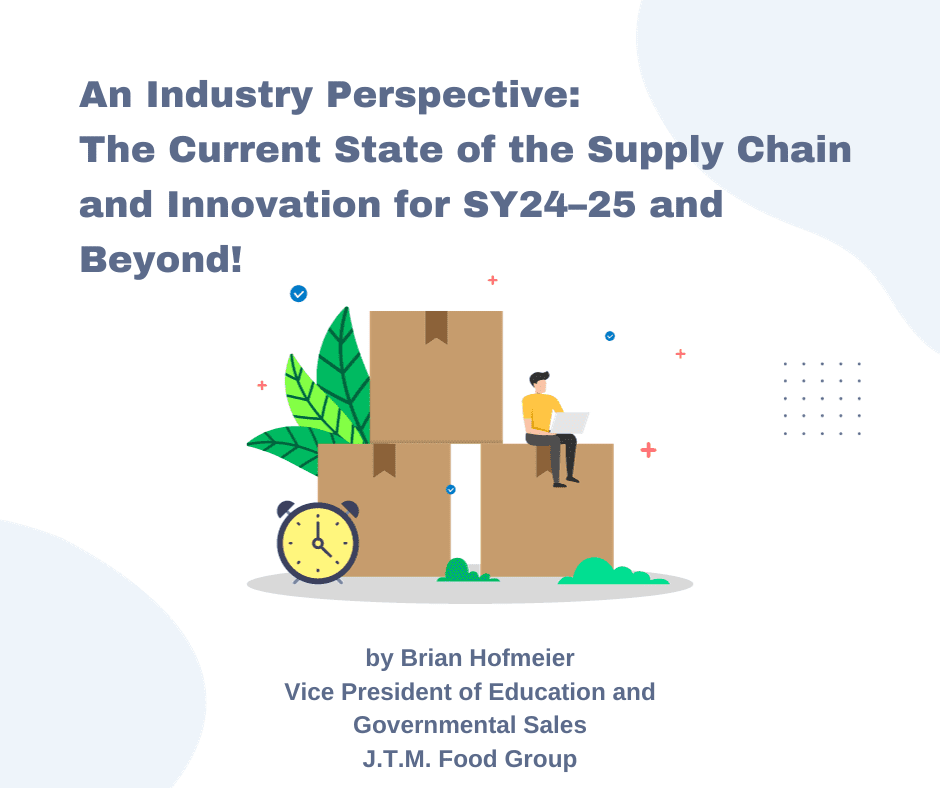by Brian Hofmeier
Vice President of Education and Governmental Sales
J.T.M. Food Group
Although the supply chain is still not completely back to pre-SY19 – 20 levels, it has improved in many ways. At the same time, we continue to see challenges due to geopolitical tensions, weather, and labor shortages. Overall, the future of the K12 segment, in my opinion, is bright. I say that in part because our nation’s children depend on us!
We are living in a global economy. What happens overseas impacts us in the United States and can disrupt our ability to feed Americans. The war between the Ukraine and Russia has reduced the worldwide availability of wheat, corn, barley, nitrogen fertilizer, sunflower oil, aluminum, nickel, palladium, and vanadium as well as other basic materials.
All the protein we consume either eats corn or is fed corn as a part of the process. The increase in fertilizer prices to historic levels makes the crops more expensive. We have had water shortages and drought conditions throughout the US as well as some historic flooding. This all directly leads to decisions being made on the farms and ranches around the US about how many pigs, chickens, turkeys, and cows to raise or do I plant this crop vs that crop. The cattle herd, for example, is currently at its lowest level since 1952. The poultry and cheese markets have been on a roller coaster. The pork market has bottomed out and ranchers are losing money on the hogs they are raising on many farms. There has been a culling of the herd in the dairy cattle industry leading to higher dairy prices for milk, cheese, sour cream, and yogurt as well as many other dairy products.
The volatility in the grain market has made whole grain-rich products much more expensive to manufacture and procure. Lead times for products / ingredient inputs are very long. The K12 segment is the principal driver for the WGR product and is not what is in normal demand for almost all the other segments in the Food Service Industry.
Most of the potassium chloride (lite salt used in the K12 industry to lower sodium in the products,) is produced in Saskatchewan, Canada, as well as Russia and Belarus. This is a vital ingredient that Industry uses to help meet the USDA Meal Pattern requirements and it has been and will remain in short supply. It costs 10 times more than salt five years ago and is currently about 20 times the cost of salt and rising. With new Meal Pattern requirements coming out in early 2024 requiring multistep years of sodium reductions of 10% every 2 School Years, the cost will only go up as more and more becomes in demand by industry.
Rice, a staple of many millions of people’s diets worldwide, is currently in short supply. India, the world’s largest exporter of rice, just banned nearly half of its overall shipments for export in order to reduce its domestic prices following heavy rains, which impacted the rice harvest. From China to the U.S. to the European Union, rice production is falling and driving up prices for more than 3.5 billion people across the globe, particularly in Asia-Pacific. The coming shortages are at a 20-year high. Again, we are living in a global economy.
Now for some good news!
Industry, despite the supply chain issues, has been working hard to innovate and change K12 products to align with the new upcoming Meal Pattern requirements. It is difficult as we must guess what we think will get approved by USDA. It takes a minimum of 18 months to 2 years to bring out a new product or even a redesigned product and new ingredient inputs are usually needed. Many K12 products require CN labels or EPDS’ / SEPDS’ as well as other requirements such as student testing and bid specification rewrites. Additionally, these new items will need to be properly procured per USDA regulations, so that adds to the complexity.
We experienced right after COVID-19 several Food Service Distributors and Food manufacturers left the K12 space or reduced their participation in the segment. As the economy has cooled over the last year and some of the Food Service business has softened, we are seeing a return of some companies back to the K12 segment. It is a trickle right now, but it may grow into a steady stream in 2024 / 2025. A primary reason for this is that the K12 segment increased the amount of money per case they will pay for distribution up to at least the rate that the national chains pay. When things started coming back after Covid, and there were employee shortages at all levels of distribution, the K12 segment was high volume of specialty products that generated the lowest margin, so it was the first segment of business that a distributor exited to attempt to right size their business to the available labor they had.
J.T.M. specifically has been working on reduced sodium cheese sauces and reduced sodium pasta and sauce items during Covid as a part of our “sodium shakedown” to have them ready for SY 24-25 / SY 25-26. Some are available this School Year! Our goal is to have the new products taste just like the original product. We call this process “equalization of palatability.” We have continued to move to cleaner labels while reducing allergens and the overall ingredients in our products. We cook, drain and rinse many of our kettle-cooked Beef and Pork items to lower the fat, saturated fat and naturally occurring trans-fat in our products. Finally, we have introduced new plant forward taco filling and pasta sauce items to meet the growing demand for meatless /vegetarian products. We are constantly looking to improve our products!
J.T.M. is committed to the K12 space as it represents 42% of our business! We have been in this segment since 1990 and the needs of the segment are engrained into our systems and processes. In fact, we have upgraded our production lines and added capacity to increase the availability of products for the K12 segment,
While the supply chain is still not completely back to pre-SY19 – 20 levels, in my organization, we are seeing the best back-to-school fill rate of 99.98%. That is the best we have had in my over 30 years of service to the K12 segment! Thank goodness because America’s children are depending on us all!


